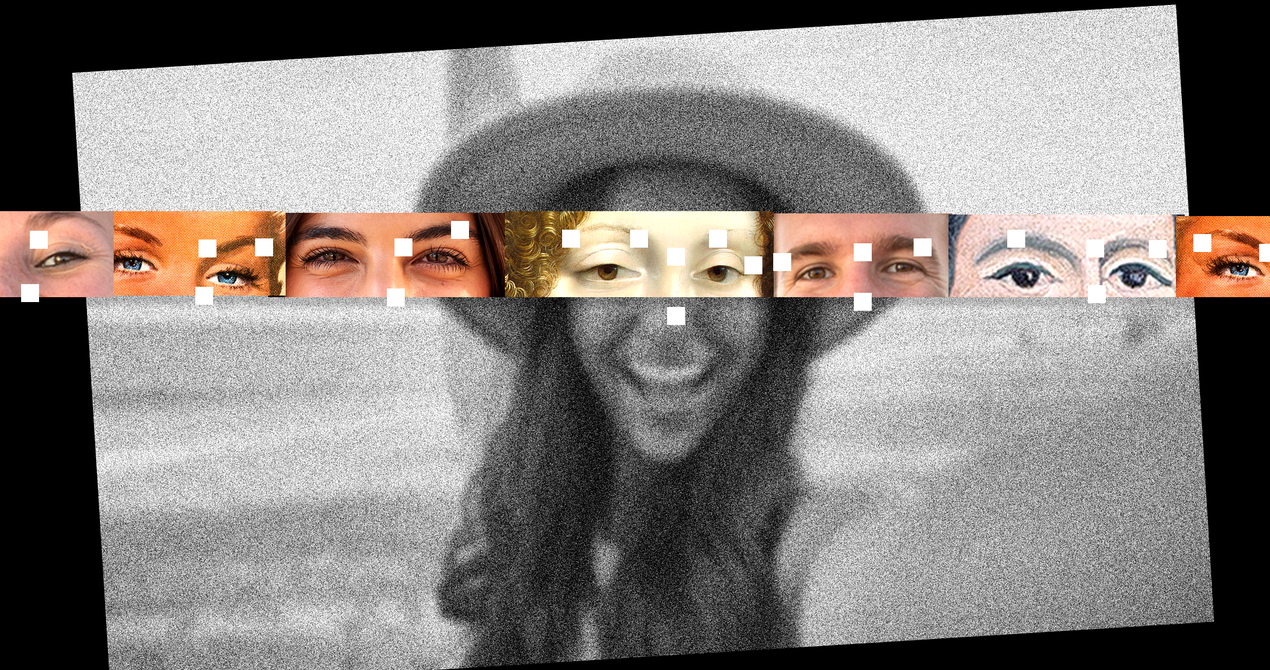But there is also a benefit in how AI is changing our relationship to the images around us, says Tom Ashe, chair of the digital photography program at the School of Visual Arts in New York City. “Putting these tools into our phones does further democratize the ability for people to manufacture the image they want, instead of settling for what they were shown in the original exposure. This does feel like an evolution,” he says. The advantage of what AI instills, Ashe adds, is a “healthy skepticism to our idea of the photograph as a document of objective truth.”
At some point in our haste to the future, cameraphone features became the principal selling point for many consumers hooked on the narcotic of social media, a contract that promised a taste of micro-fame in exchange for nonstop self-presentation. Selling their version of an ideal lifestyle—as so many influencers rushed to do, cashing in on brand deals along the way—required looking your best. For many people, that started with the camera technology in their phone.
As apps like Instagram and Snapchat were greeted with an overwhelming user base in the mid-2010s, they introduced an aesthetic of socializing based on visual presentation. Everyone, even those who would never admit it, wanted to be seen and liked and shared across feeds. The use of filters became shorthand for a perverse form of visual automation. FaceTune grew in popularity, and before long VSCO Girl and Instagram Face became the defining archetypes of a millennial generation who didn’t know how to unplug, glued to the reflection of their screens.
I was among the horde, fluent in the modernism of thirst traps, desirous to be seen even when I didn’t fully understand why. There was a rush to achieve an idealized look because it was, and remains in part, the currency of digital exchange. With every click of my iPhone, I perfected my angles. We all understood: Beauty was capital, and everyone wanted to be rich.
The aesthetics of online socializing reaffirmed old racial imbalances around beauty but also opened up a space for women of color, especially, to have representational agency, says Derrick Conrad Murray, a professor at UC Santa Cruz who specializes in the history of art and visual culture. “Self-representation and social media enabled many women of color to challenge culture industries that prop up beauty standards that have traditionally ignored and demeaned them,” he says.
This is also the remarkable promise of AI—it shifts the axis on which objective truth is measured. It has the power to challenge how we view images and the people in them, forcing us to better question one person’s version of reality and our own in return. It is likely that devices like the Pixel 8 will increase the flow of counterfeit images into a society hooked on optimization, polluting the pathways of visual communication and making louder the already-rampant misinformation that permeates our digital meeting grounds. But what’s happening now, Murray says, has happened for as long as photography has been used to record the realities that color our world.
“With the advent of digital image manipulation, a panic emerged that photography was dead. Nothing could be further from the truth,” Murray says. “The medium was always manipulated, and often utilized to create elaborate deceptions. Now we’re in a moment where the photograph has an infinite mutability.”
In our rush to fine-tune and manipulate, to make things easier, generative AI suggests a challenge: Embrace distortion. Live in the mutability of photographic deception, but remain diligent, for the future is a playground of constant knowing and unknowing, unraveling and remaking.
Source




